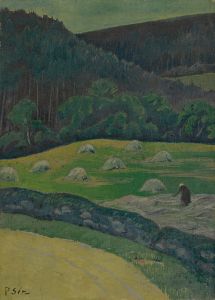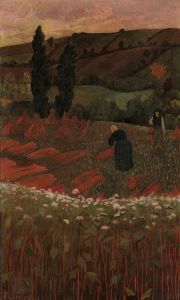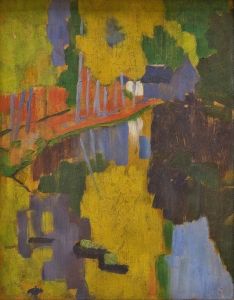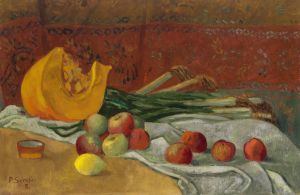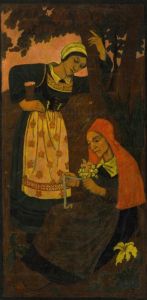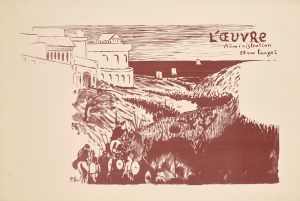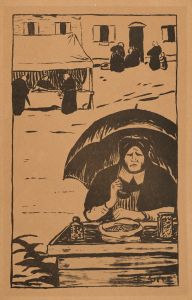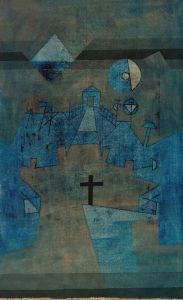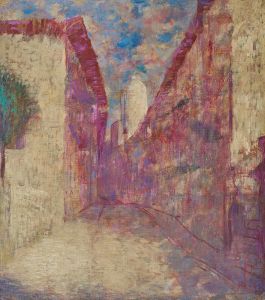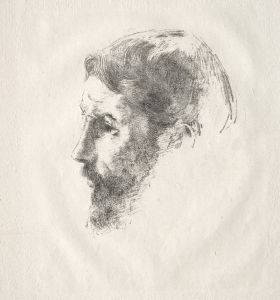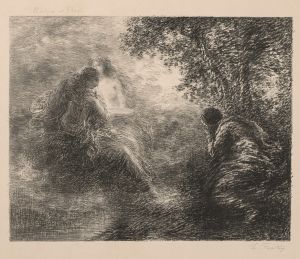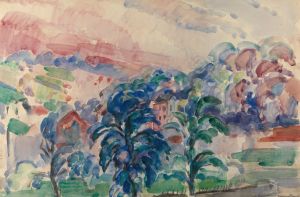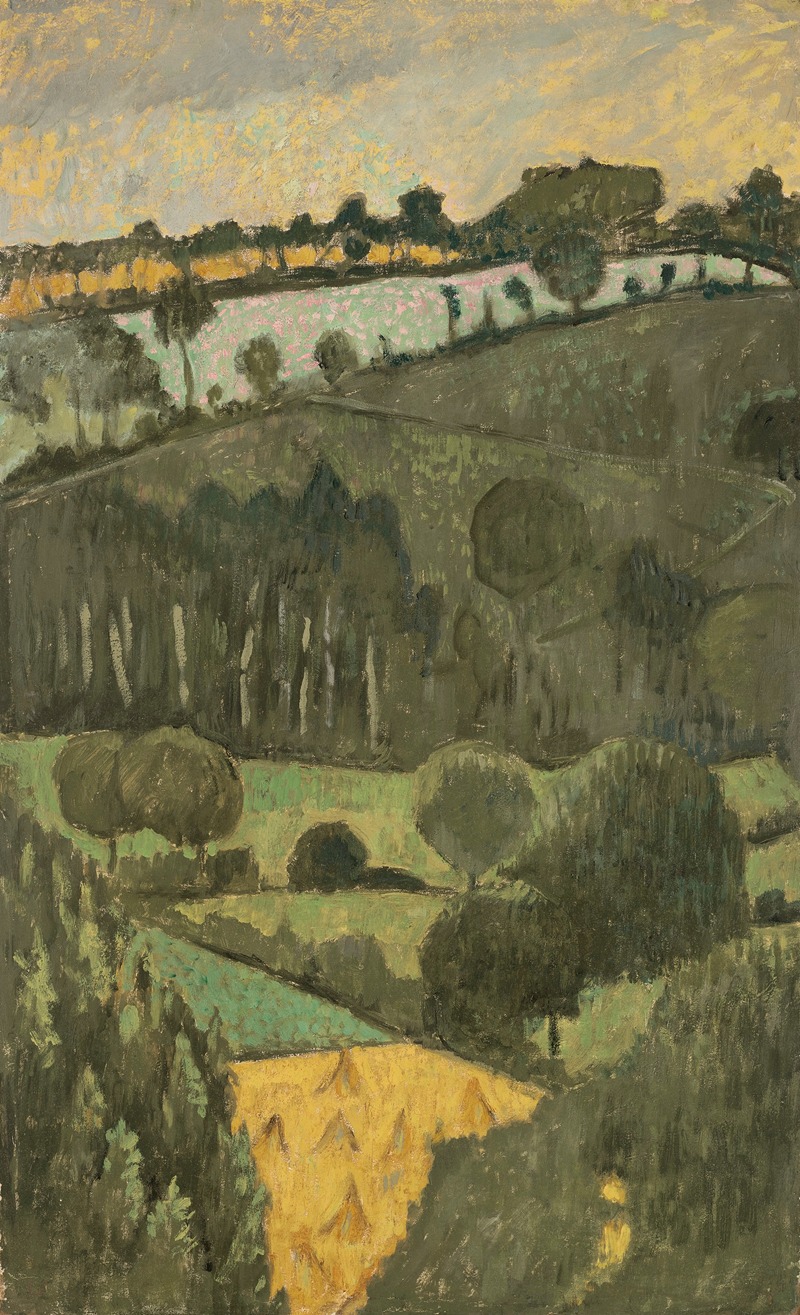
Les blés coupés
A hand-painted replica of Paul Sérusier’s masterpiece Les blés coupés, meticulously crafted by professional artists to capture the true essence of the original. Each piece is created with museum-quality canvas and rare mineral pigments, carefully painted by experienced artists with delicate brushstrokes and rich, layered colors to perfectly recreate the texture of the original artwork. Unlike machine-printed reproductions, this hand-painted version brings the painting to life, infused with the artist’s emotions and skill in every stroke. Whether for personal collection or home decoration, it instantly elevates the artistic atmosphere of any space.
Paul Sérusier's painting "Les blés coupés," translated as "The Cut Wheat," is a notable work by the French Post-Impressionist artist, who was a pivotal figure in the development of the Nabis movement. Sérusier, born in 1864, was deeply influenced by the Symbolist movement and the works of Paul Gauguin, which is evident in his approach to color and composition.
"Les blés coupés" exemplifies Sérusier's exploration of color theory and his departure from traditional representational art. The painting is characterized by its bold use of color and simplified forms, which reflect the artist's interest in conveying emotional and spiritual experiences rather than mere visual reality. This approach aligns with the principles of the Nabis, a group of avant-garde artists who sought to integrate art into everyday life and emphasized the importance of personal expression.
The painting depicts a rural landscape, a common theme in Sérusier's work, showcasing a field of cut wheat. The composition is marked by its flat planes of color and lack of perspective, which were innovative at the time and indicative of Sérusier's break from conventional techniques. The use of vibrant, non-naturalistic colors is a hallmark of Sérusier's style, influenced by his time spent with Gauguin in Pont-Aven, Brittany. This period was crucial for Sérusier, as it was here that he painted "The Talisman," a work that would become a manifesto for the Nabis.
Sérusier's technique in "Les blés coupés" involves the application of color in broad, unmodulated areas, which creates a sense of harmony and rhythm within the composition. This method reflects the artist's belief in the symbolic power of color and its ability to evoke emotions. The painting's simplicity and abstraction are intended to transcend the literal depiction of the landscape, inviting viewers to engage with the work on a more intuitive level.
Throughout his career, Sérusier remained committed to the ideals of the Nabis, advocating for the synthesis of art and spirituality. His works, including "Les blés coupés," are seen as precursors to later developments in modern art, influencing movements such as Fauvism and Abstract Expressionism. Sérusier's legacy is marked by his contributions to the evolution of modern art, particularly through his innovative use of color and form.
"Les blés coupés" is housed in a collection that appreciates Sérusier's role in the transition from Impressionism to more abstract forms of art. The painting continues to be studied for its artistic significance and its reflection of the broader cultural shifts occurring in the late 19th and early 20th centuries. Sérusier's work remains an important subject of study for those interested in the history of modern art and the development of abstract painting.






